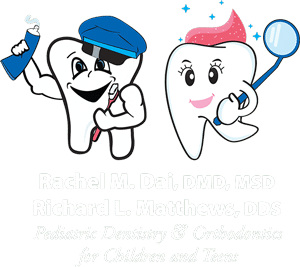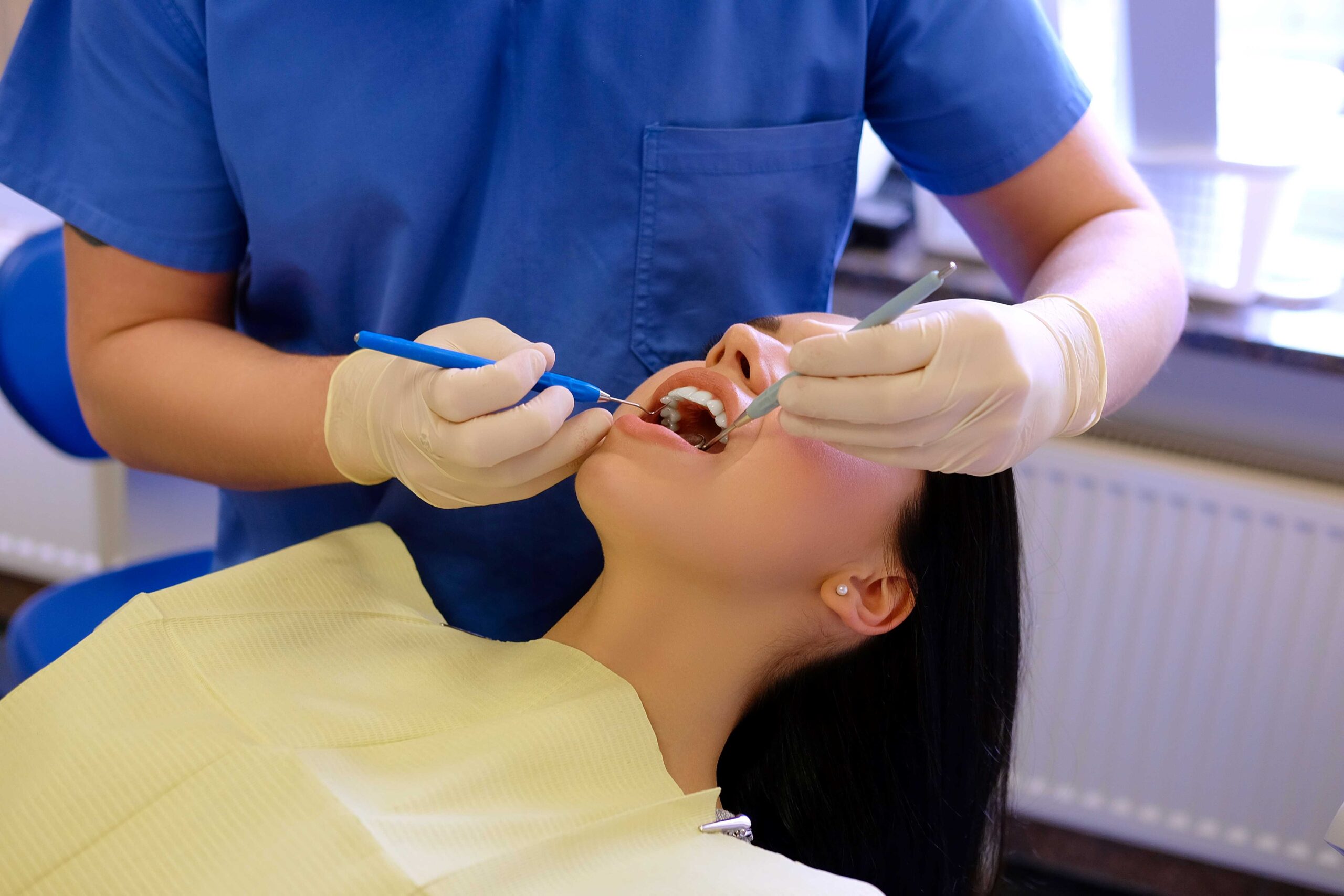The Only Guide to Legacy Orthodontics
The Only Guide to Legacy Orthodontics
Blog Article
8 Easy Facts About Legacy Orthodontics Described
Table of ContentsLegacy Orthodontics Things To Know Before You Get ThisGetting The Legacy Orthodontics To WorkSome Known Factual Statements About Legacy Orthodontics An Unbiased View of Legacy OrthodonticsThe Of Legacy Orthodontics
In addition, we offer flexible treatment schedules, flexible settlement choices and a fun, delightful experience.An orthodontist is a dental expert trained to detect, stop, and treat teeth and jaw abnormalities. Orthodontists work with individuals of all ages, from kids to grownups.
Malocclusion, or misaligned teeth, can cause oral issues, consisting of dental cavity, periodontal condition, and tough or unpleasant eating. But not every person is born with straight teeth. If you have a poor bite or huge spaces in between your teeth, you might wish to speak with a dental professional focusing on orthodontic care.
The 10-Minute Rule for Legacy Orthodontics
( Photo Credit Report: DigitalVision/Getty Images) Orthodontists use dealt with and removable oral tools, like dental braces, retainers, and bands, to transform the placement of teeth in your mouth. Orthodontic therapy is for dental problems, consisting of: Crooked teethBite problems, like an overbite or an underbiteCrowded teeth or teeth that are too far apartJaw misalignmentThe goal of orthodontic treatment is to enhance your bite.
A healthy bite ensures you can eat, chew, and talk effectively. While you might think about orthodontists as generally for youngsters or teenagers who need braces, they can remedy oral troubles at any age. Orthodontists attend college, dental school, and orthodontic institution. After graduation, they spend 2 or 3 years in an orthodontic residency program.
All orthodontists are dental professionals, however not all dental professionals are orthodontists. Orthodontic residency programs use extensive, focused direction for dental experts. They concentrate on two locations: Just how to effectively and securely relocate teeth How to correctly guide development in the teeth, jaw, and faceOnce an orthodontist has completed training, they have the alternative to come to be board accredited.
Legacy Orthodontics for Dummies
Misalignment, or malocclusion, is one of the most typical reason people see an orthodontist. It is genetic and is the outcome of size distinctions in between the top and lower jaw or between the jaw and teeth. Malocclusion leads to tooth congestion, a misshapen jaw, or uneven bite patterns. Malocclusion is usually treated with: Your orthodontist connects steel, ceramic, or plastic square bonds to your teeth.
Some people need a headgear to aid relocate teeth into line with pressure from outside the mouth. A retainer is a custom-made device that maintains your teeth in place.
They're most frequently made use of on kids. They can create additional space in the mouth without needing to pull teeth. If you have a major underbite or overbite, you might require orthognathic surgery (likewise called orthodontic surgical procedure) to extend or reduce your jaw. Orthodontists utilize cords, medical screws, or plates to support your jaw bone.
You may require to see an orthodontist blog here if you have: Crowding or not sufficient area for every one of your teethOverbite, when your top teeth come over your base teethUnderbite, when your base teeth are as well much forwardSpacing or problems with gapsCrossbite, which is when your upper teeth fit behind your base teeth when your mouth is closedOpen bite or an upright void in between your front base and upper teethMisplaced midline, when the center of your bottom and upper teeth do not align Dealing with a dental malocclusion can: Make biting, eating, and speaking easierImprove the balance of our face and your total appearanceEase pain from temporomandibular joint problemsDifferent your teeth and make them less complicated to cleanse, aiding stop tooth decay or cavities It's typically a dentist that first notices misaligned teeth during a regular examination.
Legacy Orthodontics - Truths

Throughout your very first orthodontic appointment, you'll likely have: An oral examPhotos taken of your face and smileDental X-raysPanoramic (360 degree) X-rays of your face and headImpressions to develop molds of your teethThese examinations will aid your orthodontist know just how to continue with your treatment. leesburg clear braces. An orthodontist is a dentist that's had training to treat your teeth and jaw
An orthodontist is focused on your bite, so something like a broken tooth would be handled by a dental professional. Orthodontists are concentrated on your bite, or the method your teeth fit with each other, and the straightness of your teeth.
Ever asked yourself exactly how stars constantly appear to have completely lined up teeth? Orthodontists are oral experts that concentrate on fixing irregularities in the teeth and jaws.
6 Easy Facts About Legacy Orthodontics Described

, orthodontists have a diverse toolkit at their disposal. These reliable braces utilize a system of brackets bound to the teeth and attached by cables.
Clear aligners, like Invisalign, are a preferred choice for patients looking for a much more very discreet therapy option. These removable trays are customized to considerably shift the teeth's placement. Headwear may be used along with dental braces or aligners to use extra targeted forces, especially for correcting jaw inconsistencies. In cases of slim jaws, palatal expanders can be made use of to produce space for proper tooth positioning.
Report this page